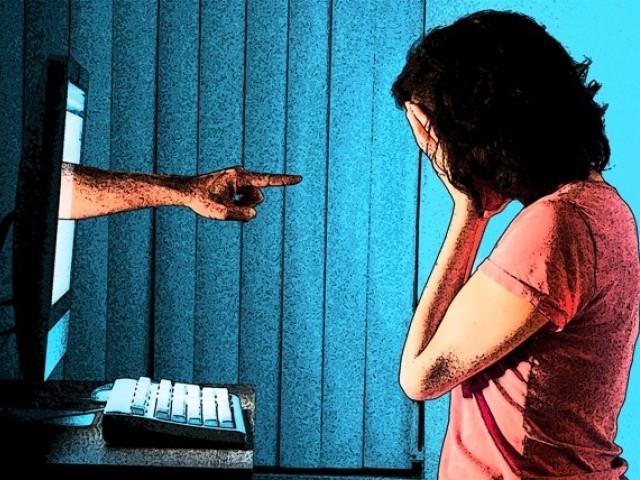
Bullying is generally understood as an aggressive and intentional act or behaviour carried out by a group or an individual repeatedly and overtime against a victim who cannot easily defend himself or herself. The term cyber bullying is used to describe bullying taking place on the internet mostly through mobile phones and social media.
Cyber Stalking is tracking and monitoring a person’s online activity, and using the internet to stalk or harass an individual.
The impersonation of someone else to send malicious messages, as well as the breaking into someone’s account to send messages, or like posts that will cause embarrassment or damage to the person’s reputation and affect his/her social life.
Posting hurtful, threatening, or intimidating messages online, or sending them directly to someone with the intention of harming that person. Harassment differs from nuisance in the light of its frequency. It can also be featured as sexual harassment if it includes the spreading of sexual rumours, or the commenting of the body, appearance, sex, gender of an individual.
A troll is Internet slang for a person who intentionally tries to instigate conflict, hostility, or arguments in an online social community. Platforms targeted by trolls can include the comment sections of YouTube, forums, or chat rooms. Trolls often use inflammatory messages to provoke emotional responses out of people, disrupting otherwise civil discussion. Trolling can occur anywhere that has an open area where people can freely post their thoughts and opinions.
As cyber bullying becomes more prevalent, it is increasingly important for parents and educators to take steps to prevent it. Here are some tips for adults to prevent cyber bullying:
Adults should also teach children to recognize and be aware of the signs of cyberbullying. Children are often less aware of cyber bullying than adults. Make sure your children are aware of what cyberbullying is, and teach them the following tips:
Children should not be allowed to browse the internet freely. Parents and teachers should monitor the sites that the children use and be cognizant of the apps they download and digital media they consume. Children should have their screen time limited, and be encouraged to engage more in offline activities.
Make sure the bully can no longer contact your child by blocking them on whatever platform they’ve been bullying your child.
Make sure your child knows never to share the password, post location online, or share any sensitive information.
Although it may seem like a punishment, sometimes it is necessary to limit technology access for children who are being bullied and can’t resist the temptation to check their messages on social media. Moving computers out of children’s rooms or putting limits on cell phone and video game use can help keep your child away from Cyberbullies.